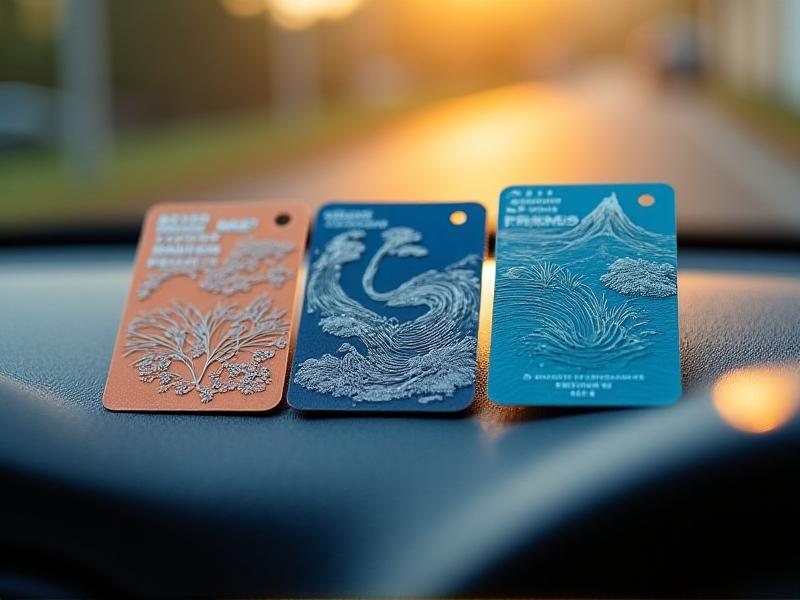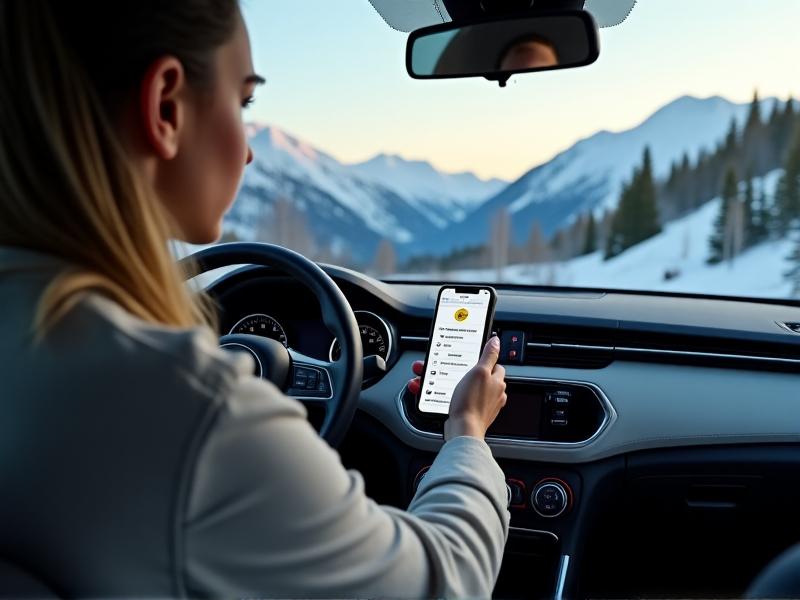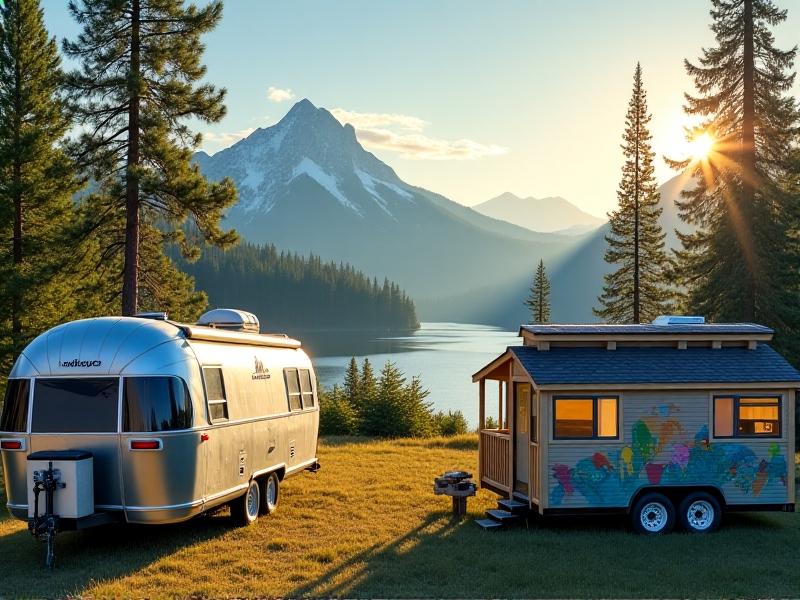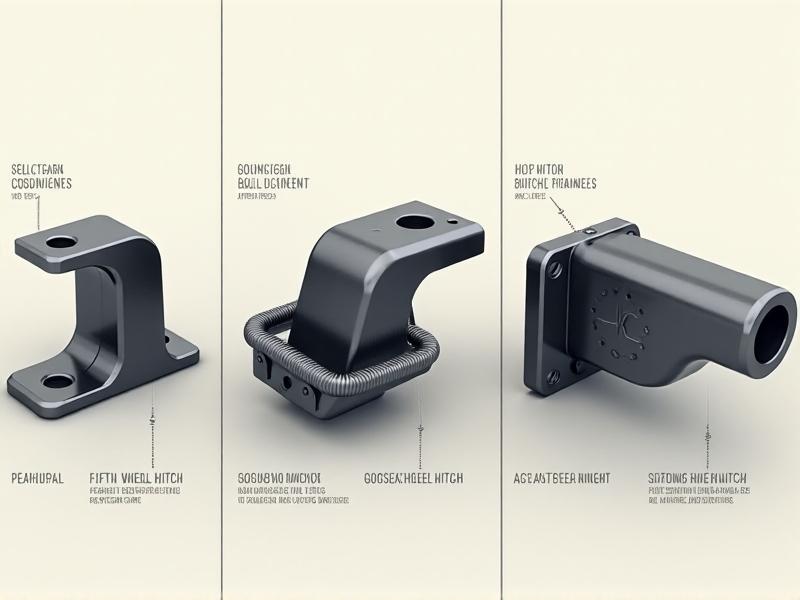Cross-Country Parking Permit Guide
Understanding Cross-Country Parking Permits: A Comprehensive Overview
Navigating parking regulations during cross-country travel can feel like decoding a labyrinth of rules, especially when permits are required. Whether you’re road-tripping through national parks, exploring coastal highways, or parking in bustling cities, understanding regional permit systems is essential. Cross-country parking permits vary widely by location, duration, and vehicle type, making research a critical first step. This guide will demystify the process, helping travelers avoid fines, delays, and confusion while ensuring seamless journeys. From long-term parking in remote areas to overnight stops in urban hubs, we’ll explore what you need to know before hitting the road.

Types of Cross-Country Parking Permits and Their Uses
Parking permits for cross-country travel aren’t one-size-fits-all. They fall into distinct categories: **federal permits** (e.g., National Parks Pass), **state-specific permits** (e.g., California Coastal Zone permits), and **municipal permits** (e.g., residential parking passes). Federal permits often grant access to federally managed lands, while state permits might cover beach access or scenic byways. Municipal permits are typically for urban areas with restricted parking zones. Temporary permits, such as those for oversized vehicles or event parking, add another layer. For example, an RV traveling through Yellowstone needs a federal pass, while a campervan parked overnight in a Colorado mountain town may require a local permit. Knowing which permits apply to your itinerary prevents last-minute scrambles.

How to Obtain a Cross-Country Parking Permit
Securing permits involves researching jurisdictions, applying online or in person, and understanding timelines. For federal permits, websites like Recreation.gov streamline the process, but popular parks often require advance booking. State permits might involve DMV portals or ranger stations, while municipal permits are frequently issued via city websites. Documentation requirements vary: some need vehicle registration proof, others require trip itineraries. Costs range from free (for disabled veteran passes) to hundreds for annual commercial permits. Pro tip: Check processing times—applying two months ahead for high-demand areas ensures you’re not left permit-less. Always carry digital and physical copies, as remote areas may lack cell service for digital verification.

Compliance and Enforcement: Avoiding Fines on the Road
Even with a permit, compliance is key. Display requirements differ: hangtags, dash placards, or window decals. Misplaced permits can lead to tickets—e.g., California’s beach towns require visible placement on the driver’s side. Time restrictions also matter: a 72-hour permit in a national forest won’t cover a week-long stay. Enforcement intensity varies; rangers in remote areas may be lenient for minor errors, while cities use automated license plate scanners. Common pitfalls include expired permits, incorrect vehicle details, and parking outside designated zones. Always verify zone maps and time limits. Apps like ParkMobile offer real-time alerts, but when in doubt, ask local authorities for clarification.

State-by-State Variations in Parking Permit Rules
State regulations add complexity. For example, Texas requires separate permits for state parks and beach driving, while Oregon’s coastal permits include tsunami zone restrictions. In Arizona, dispersed camping on Bureau of Land Management (BLM) land requires no permit, but parking in Sedona’s Red Rock District does. Northeast states like Massachusetts have stringent residential parking rules, whereas Montana offers more flexibility. Winter brings additional layers—Minnesota’s overnight parking bans on highways vs. Colorado’s ski resort permits. Research state DMV websites and tourism boards for specifics. Tools like iOverlander crowdsource updates from fellow travelers, offering real-world insights beyond official guidelines.
Seasonal Considerations for Cross-Country Parking
Weather and tourism seasons heavily influence permit availability and rules. Summer in Yellowstone sees permit quotas, while winter closures in Glacier National Park shift parking options. Coastal areas like Florida’s Gulf Coast may restrict parking during hurricane season, and mountain towns like Aspen enforce winter-specific permits for oversnow vehicles. Fall foliage tours in New England require early bookings due to high demand. Seasonal workers or “snowbirds” migrating between states should note expiration dates—Florida’s annual passes reset in October. Apps like Roadtrippers help plan around seasonal restrictions, ensuring permits align with travel dates.
Technology and Tools to Simplify Permit Management
Digital tools are revolutionizing permit management. Apps like Recreation.gov and state-specific portals allow instant permit purchases. GPS-based apps (e.g., AllTrails) overlay permit zones on maps, while vehicle dashcams with geotagging help document compliance. Blockchain pilots in Utah enable tamper-proof digital permits, and AI chatbots on park websites answer permit FAQs in real time. For road warriors, permit-tracking spreadsheets with renewal reminders prevent oversights. However, tech isn’t foolproof—always have backups. Social media groups like “Vanlife Permits & Regulations” offer crowdsourced updates, bridging gaps between official sources and on-the-ground realities.
The Future of Cross-Country Parking Permits
As travel evolves, so do permit systems. Trends include dynamic pricing (higher fees during peak seasons), integrated national permit platforms, and eco-passes that fund conservation efforts. Electric vehicle (EV) perks, like waived fees in Nevada’s state parks, incentivize sustainable travel. Automated enforcement via drones or satellite monitoring is rising, raising privacy debates. Meanwhile, advocacy groups push for standardized rules to simplify interstate travel. Staying informed through newsletters like “RV Today” ensures travelers adapt to these shifts, turning permit management from a chore into a seamless part of the adventure.








